In the vast digital landscape, your website is often the first impression you make on potential customers. It’s the virtual storefront of your business, welcoming visitors and guiding them through your offerings. But what makes a website truly effective? How can you ensure that your online presence not only captures attention but also converts visitors into loyal customers? In this blog post, we’ll delve into the fundamentals of effective web design. From intuitive navigation to captivating visuals, we’ll explore the key elements that distinguish a successful website from the cluttered masses. Whether you’re a seasoned web designer looking to refine your skills or a business owner aiming to elevate your online presence, this guide is for you. Join us as we break down the essentials of web design and empower you to create websites that not only look great but also drive results.
The Role of Typography in Web Design
Typography is more than just selecting fonts for a website; it’s a powerful tool that can significantly impact user experience, readability, and overall design aesthetics. In the realm of web design, where content is predominantly consumed visually, the choice of typography becomes paramount. Let’s delve into the multifaceted role typography plays in shaping the online landscape and explore strategies for leveraging it effectively.
Setting the Tone
Typography sets the tone and personality of a website. Whether it’s sleek and modern, playful and whimsical, or formal and professional, the font choices convey the intended message to visitors even before they start reading. For instance, sans-serif fonts are often associated with modernity and simplicity, while serif fonts can evoke a sense of tradition and authority.
Enhancing Readability
At its core, typography should prioritize readability to ensure that users can consume content effortlessly. Factors such as font size, line spacing, and letter spacing significantly influence how easily users can parse through text. Balancing these elements ensures that the content is accessible to all users, regardless of their device or visual impairments.
Establishing Hierarchy
Effective typography helps establish a visual hierarchy, guiding users through the content and highlighting important information. By varying font sizes, weights, and styles, designers can emphasize headlines, subheadings, and key points, making it easier for users to scan and digest the content quickly.
Consistency Across Platforms
In today’s digital landscape, websites are accessed across a myriad of devices and screen sizes. Consistent typography ensures a cohesive brand identity and user experience across platforms. Responsive typography techniques, such as fluid scaling and breakpoints, allow fonts to adapt seamlessly to different screen sizes without sacrificing readability or aesthetics.
Pairing Fonts Harmoniously
Choosing the right font pairing is akin to orchestrating a symphony of visual elements. Pairing complementary fonts creates a sense of balance and harmony while adding visual interest to the design. Contrast between headline and body fonts can create a focal point and draw attention to important content without overwhelming the reader.
Color Psychology in Web Design
Color is a fundamental aspect of human perception, influencing emotions, behaviors, and decision-making processes. In the realm of web design, understanding the principles of color psychology is crucial for creating engaging and impactful digital experiences. By strategically selecting and employing colors, designers can evoke specific emotions, convey brand messaging, and guide user interactions. Let’s explore how color psychology shapes web design and delve into eight key considerations for leveraging color effectively.
Emotional Impact of Colors
Different colors evoke distinct emotional responses. For example, warm tones like red and orange can elicit feelings of passion, excitement, or urgency, while cool tones like blue and green tend to evoke calmness, trust, and stability. Understanding the psychological associations of colors enables designers to evoke the desired emotional response from users and align it with the website’s purpose and branding.
Cultural and Contextual Considerations
Cultural backgrounds and individual experiences can influence the interpretation of colors. What may be perceived positively in one culture could carry negative connotations in another. Additionally, contextual factors such as industry norms and trends play a role in determining which colors resonate most with the target audience. Designers must consider these nuances when selecting color palettes to ensure they resonate with the intended audience and cultural context.
Brand Identity and Recognition
Colors play a pivotal role in brand identity and recognition. Consistent use of brand colors across digital touchpoints fosters brand recognition and strengthens brand association. By incorporating brand colors into the website’s design elements, such as the logo, navigation bar, and call-to-action buttons, designers reinforce brand identity and create a cohesive visual experience for users.
Creating Visual Hierarchy
Color can be used to create visual hierarchy and guide user attention. By employing contrasting colors for important elements, such as headlines, buttons, or promotions, designers can draw users’ eyes to key areas of the website and facilitate navigation. Strategic use of color contrast improves readability, increases engagement, and enhances overall user experience.
Influencing User Behavior
Colors can influence user behavior and decision-making processes. For example, the color of call-to-action buttons can impact conversion rates—bright, contrasting colors often attract more clicks and conversions than subdued tones. By understanding how colors influence user behavior, designers can optimize the design to encourage desired actions and achieve business objectives.
Creating Engaging Content
In the crowded online space, capturing and retaining audience attention is paramount. Engaging content is the cornerstone of successful digital marketing strategies, driving traffic, fostering brand loyalty, and encouraging user interaction. Let’s explore key points for creating content that captivates and resonates with your audience.
- Know Your Audience: Understanding your audience’s preferences, interests, and pain points is essential for creating content that resonates. Conduct audience research, analyze demographics, and gather feedback to tailor your content to their needs and preferences.
- Tell Compelling Stories: Storytelling is a powerful tool for captivating audience attention and fostering emotional connections. Craft narratives that resonate with your audience, evoke emotions, and convey your brand’s values and personality.
- Provide Value: Offer valuable insights, information, or entertainment that meets your audience’s needs and interests. Whether it’s educational resources, practical tips, or entertaining content, prioritize providing value to keep your audience engaged and coming back for more.
- Utilize Visuals: Visual content, such as images, videos, infographics, and animations, enhances engagement and comprehension. Incorporate visually appealing elements to complement your written content and convey information more effectively.
Creating engaging content is essential for attracting and retaining audience attention in today’s digital landscape.
Conclusion
Rank Fortress, we believe that mastering the fundamentals of effective web design is paramount for online success. By understanding the importance of user experience, mobile responsiveness, and visual appeal, we empower businesses to connect with their audience and achieve their goals. Through our expertise and dedication, we strive to equip clients with the tools and knowledge needed to thrive in the ever-evolving digital landscape, ensuring their online presence is both impactful and enduring.

